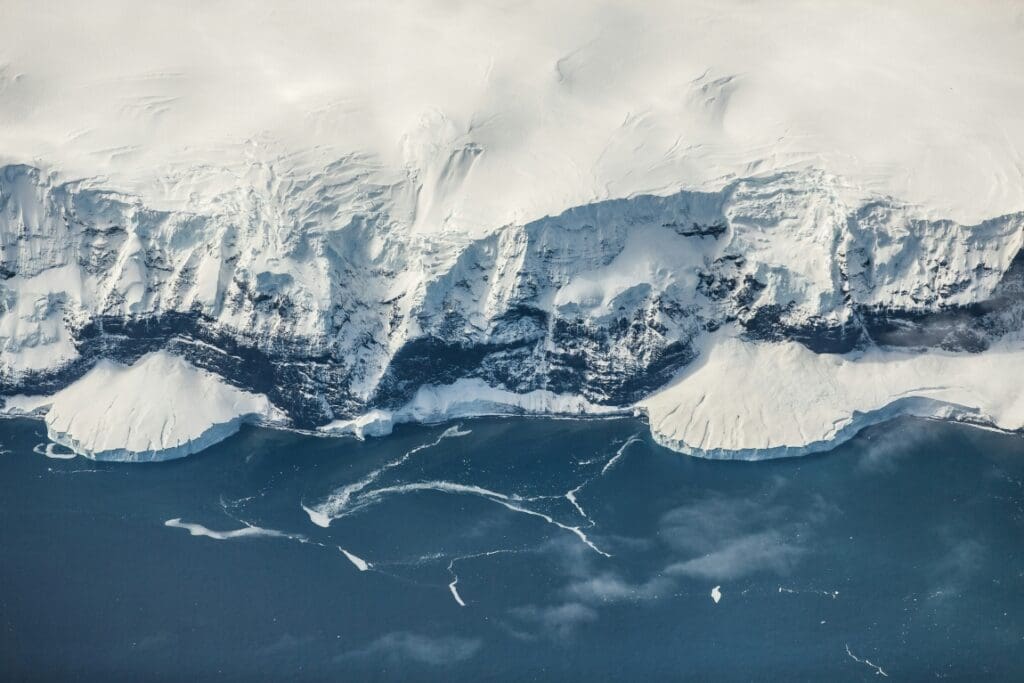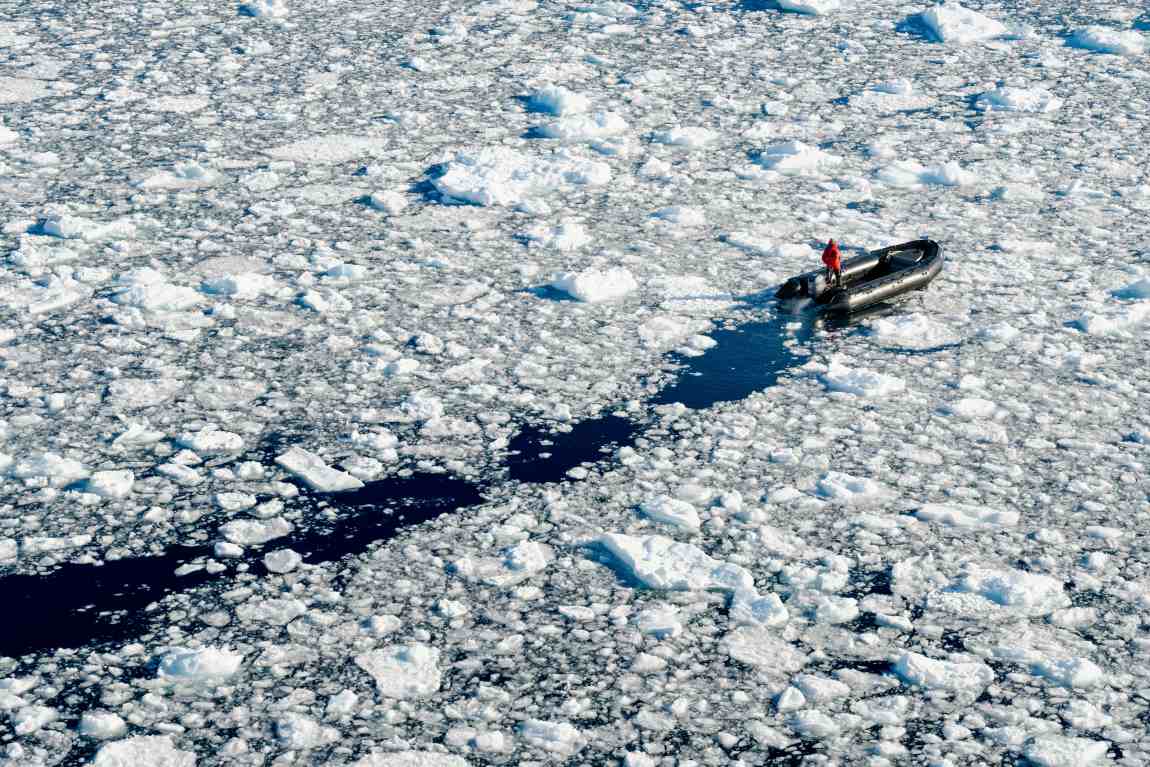The closer the climate system gets to crossing a tipping point, the steeper the costs of reversing the damage, according to a new study.
Researchers have found that, much like the chain reaction set off by tipping the first tile in a line of dominoes, crossing a critical climate threshold can trigger cascading environmental consequences – rising sea levels, extreme weather events, and hastened warming. But the study’s most striking revelation is the dramatic increase in the cost of reversing damage once a tipping point has been crossed.
Published in npj Climate and Atmospheric Science, this work is the first to quantify the financial toll of controlling tipping points before and after they are reached. Historically, the environmental costs of climate change have been well-explored, but few studies have looked at the economics of preventing or mitigating tipping points.
Tipping points – such as the melting of polar sea ice or the collapse of tropical coral reefs – represent critical thresholds beyond which Earth’s climate system undergoes dramatic changes. As glaciers melt and reefs perish, the consequences can be catastrophic, leading to flooded cities and the loss of biodiversity.
According to the Intergovernmental Panel on Climate Change (IPCC), these thresholds once exceeded, can precipitate significant and irreversible shifts in the global climate. However, as the study’s lead author, mathematician Parvathi Kooloth, notes, little is known about the costs associated with controlling these tipping points, especially after they have been surpassed.
The study’s findings reveal that reversing the damage caused by a tipping point – such as halting the melt of polar sea ice – becomes nearly four times more expensive after crossing the threshold.
“You either shoulder the cost now, just before the threshold is crossed, or you wait. And if you wait, the degree of intervention needed to bring the climate system back to where it was rises steeply,” said Kooloth. “A key insight from this work is the confirmation that corrective action after the fact is much more costly and intrusive than preventive action.”

While each tipping point is unique, with specific physical characteristics influencing how post-threshold changes unfold, the study points to a fundamental equation shared by all tipping points. This universality allows researchers to model and understand their behavior using simplified mathematical approaches.
The results of the study could eventually guide future intervention strategies and, perhaps, even identify early warning signs that a tipping point is approaching.
“It’s actually really hard to pin a tipping point down,” said Kooloth. “We know a great deal about the climate system today. But even now we’re never really sure how far or close we are to a tipping point. Could we one day use observable precursors to provide early warning? My hope is that we can.”
The research also uncovered a surprising phenomenon – some tipping points have an “overshoot window” – a period just after crossing the threshold when intervention costs increase linearly with time, instead of steeply. This delay occurs because, for example, the warming of nearby ocean waters may take time to fully affect the climate system. While this window offers more time to act, Kooloth cautions that the costs escalate rapidly once the window is passed. There’s “no free lunch,” she said. The bigger the overshoot window, the mightier the cost.
Despite these challenges, the study highlights an important takeaway: the path to reversing climate damage is not always linear. It may not be enough to simply reduce emissions after tipping points are crossed. For example, if sea ice melts by 2100, reducing emissions to current levels may not be enough to restore it – emissions might need to be cut back to levels far lower than they were in 2024.
As Kooloth explains: “The path forward and the path backward are often not the same.”
The study was supported by the Department of Energy’s Office of Science. Along with Kooloth, the research team included Jian Lu, Craig Bakker, and Adam Rupe from Pacific Northwest National Laboratory, as well as Derek DeSantis from Los Alamos National Laboratory.
As scientists continue to explore the consequences of climate tipping points, this study offers a powerful reminder of the economic risks of inaction and the urgent need to address climate change before irreversible damage becomes the only option.
Journal Reference:
Kooloth, P., Lu, J., Bakker, C. et al. ‘Optimal control of polar sea-ice near its tipping points’, npj Climate and Atmospheric Science 7, 274 (2024). DOI: 10.1038/s41612-024-00768-1
Article Source:
Press Release/Material by Pacific Northwest National Laboratory
Featured image credit: Hugo Sykes | Pexels




